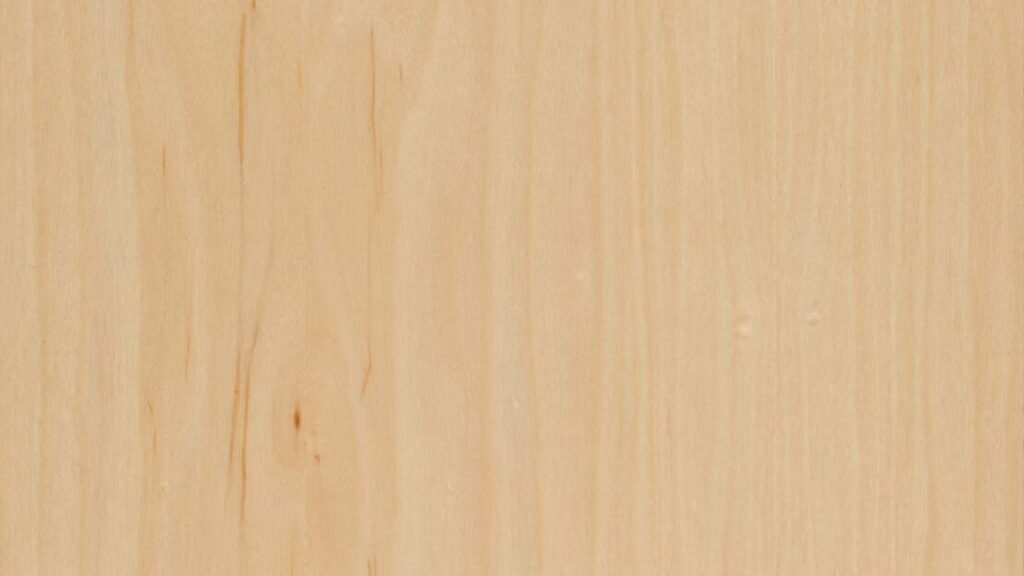Hard Maple vs. Soft Maple: What’s The Difference?
Maple trees stand out in any scene with their bright fall colours of reds, golds and yellows. They are, nevertheless, utilised for a wide range of woodworking tasks, from furniture and cabinetry to flooring and even bowling pins and pool cues. The maple tree is one of the most widely distributed tree species in North America, with populations found in nearly every region of the continent. It’s a favourite timber among woodworkers because of its price and durability. Let’s look at maple trees more closely.
Concerning Hard Maple Wood
Maple wood is not only extremely robust, but it also looks great and stains nicely. Maple is popular among woodworkers due to its longevity, smooth grain pattern, and light, creamy colour.
While most woodworkers prefer heartwood in other hardwoods, sapwood is more popular in maples. Sapwood is found on the outside of the log and is lighter in colour, allowing it to take on a variety of stain colours. Because it can accept darker dyes, it is frequently used to simulate much more expensive hardwoods. What to Look For in Wood Stains can teach you more about wood stains.
While both hard and soft maple are extensively used to manufacture furniture, cabinets, instruments, and other items, hard maple is more commonly found in flooring because it is denser and 25% harder than soft maple. But don’t let the word “soft” mislead you.
While maple can be classified as both hard and soft, the purpose of this article is not to discuss the wood’s durability. Softwoods are derived from gymnosperm trees such as conifers, which include fir, pine, and cedar. Cherry, oak, and maple are examples of hardwoods.
So, what’s the difference between hard maple and soft maple if it’s not about durability?

The Distinction Between Hard and Soft Maple
Hard maple refers to two maple tree species: sugar maple (Acer saccharum) and black maple (Acer nigrum). Hard maple, as previously stated, is often used for flooring, furniture, cabinets, pool cues, and a variety of other finished wood goods.
The phrase “soft maple” refers to four maple tree species: silver maple (Acer saccharinum), red maple (Acer rebrum), boxelder (Acer negundo), and bigleaf maple (Acer macrophyllum). Railroad crossties, boxes, pallets, crates, furniture, veneer and woodenware are all frequent uses for soft maple. The flesh of soft maple trees is similar to that of hard maple trees, although it is not as heavy, hard, or robust.
How to Distinguish Them
What’s the easiest way to recognise the difference between hard maple and soft maple now that you’ve learned more about them? Here are a few pointers:
Weigh the wood – If you’re comparing two boards to see if one is hard maple and the other is soft maple, weigh an equal part of each and see which is heavier. The heavier of the two is most likely hard maple, however this test isn’t always perfect.
Examine the end grains – Hard maple has a lighter, more uniform colour, whereas soft maple is darker and has red, brown, or grey streaks. Inspect the gap between the growth rings as well. Because of its lengthier growing cycles, hard maple has more closely spaced growth rings.
Examine the leaves – To see if the tree has been harvested, examine the leaves. Between the tips of the lead, known as lobes, hard maple leaves will have U-shaped valleys called sinuses. The sinuses on soft maple leaves will be more V-shaped.
Test with iron sulfate – Because of the varied chemical compositions of the wood, a little amount of ferrous sulphate (also known as iron sulphate) can be applied to the wood. On hard maple, the iron sulphate will turn a mild blue or green colour, whereas soft maple will turn a dark blue or black.
Is Maple Wood Environmentally Friendly?
Being eco-friendly and earth-conscious is a growing source of concern. In our recent essay Why Wood Is One of the Most Eco-Friendly Materials, we addressed how eco-friendly wood is. So, let’s look at maple wood.
The good news is that maple is not only less expensive than many other hardwoods, but it is also an excellent eco-friendly choice. The trees grow in abundance and are harvested in a sustainable manner, usually from local sources. Furthermore, it can be tinted to seem like other types of wood, such as mahogany, which may not be as sustainable or environmentally beneficial.
Hard or soft maple wood is an option to explore if you want a hardwood that is not only adaptable and less expensive, but also looks lovely. If you’re still unsure about whether hardwood is best for your project, check out our Hardwood lumber buying guide or contact us, and one of our knowledgeable team members would be pleased to assist you.




